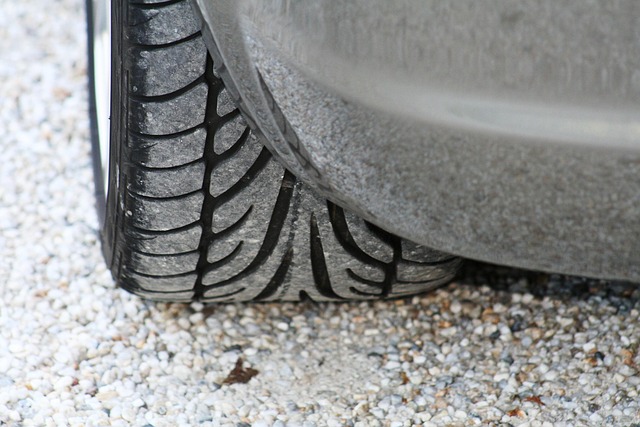Tire Pressure Monitoring Systems: Beyond the Dashboard Light
Maintaining optimal tire pressure is crucial for vehicle safety, performance, and fuel efficiency. Yet, for decades, drivers relied on manual checks and guesswork. Enter the Tire Pressure Monitoring System (TPMS), a technology that revolutionized how we track and maintain tire health. But what lies beneath this seemingly simple dashboard indicator? Let's delve into the intricate world of TPMS, exploring its evolution, inner workings, and future potential.

Direct vs. Indirect TPMS: Two Paths to Pressure Perfection
TPMS technology primarily falls into two categories: direct and indirect systems. Direct TPMS employs pressure sensors within each tire, transmitting real-time data to the vehicle’s computer. These systems offer precise readings but come at a higher cost and require specific maintenance. Indirect TPMS, on the other hand, utilizes the vehicle’s anti-lock braking system (ABS) to detect changes in wheel rotation speeds, inferring pressure loss without dedicated sensors. While less accurate, indirect systems are more cost-effective and easier to maintain.
The Mechanics Behind the Magic
At the heart of direct TPMS lies a marvel of miniaturization. Each sensor, roughly the size of a coin, contains a pressure transducer, temperature sensor, microcontroller, and radio transmitter. These components work in harmony to measure tire pressure and temperature, process the data, and transmit it to the vehicle’s electronic control unit (ECU). The ECU then interprets this information, alerting the driver to any significant deviations from the recommended pressure.
Beyond Basic Monitoring: Advanced TPMS Features
Modern TPMS has evolved far beyond simple pressure alerts. Advanced systems now offer features like individual tire readouts, temperature monitoring, and even predictive maintenance alerts. Some high-end vehicles incorporate TPMS data into their adaptive suspension systems, adjusting ride characteristics based on tire pressure. This integration showcases the potential for TPMS to enhance overall vehicle performance and safety beyond its primary function.
The Future of TPMS: Smart Tires and Connectivity
As we look to the future, TPMS is poised for significant advancements. The concept of smart tires, integrating sensors directly into the tire structure, promises even more accurate and comprehensive data. These systems could monitor tread wear, road conditions, and even tire composition changes over time. Furthermore, the integration of TPMS with vehicle-to-vehicle (V2V) and vehicle-to-infrastructure (V2I) communication systems could enable real-time sharing of tire condition data, enhancing road safety on a broader scale.
Overcoming Challenges: Battery Life and Sensor Durability
Despite its benefits, TPMS faces ongoing challenges. Battery life remains a significant concern for direct systems, with most sensors lasting 5-10 years before requiring replacement. Researchers are exploring energy harvesting technologies, such as piezoelectric systems that generate power from tire vibrations, to create self-sustaining sensors. Additionally, improving sensor durability to withstand extreme temperatures, impacts, and chemical exposure from road treatments is an active area of development.
The Environmental Impact: Fuel Efficiency and Tire Longevity
TPMS contributes significantly to environmental sustainability in the automotive sector. By ensuring proper tire inflation, these systems help vehicles maintain optimal fuel efficiency, reducing overall fuel consumption and emissions. Moreover, correctly inflated tires wear more evenly and last longer, decreasing the rate of tire disposal and production. As environmental concerns continue to shape the automotive industry, the role of TPMS in promoting eco-friendly driving practices becomes increasingly vital.
TPMS and the Aftermarket: A Growing Industry
The widespread adoption of TPMS has spawned a robust aftermarket industry. From replacement sensors and programming tools to retrofit kits for older vehicles, this sector continues to expand. For automotive enthusiasts and professionals alike, understanding TPMS technology opens up new avenues for vehicle customization and maintenance. As the technology evolves, so too does the need for specialized knowledge and tools in the automotive service industry.
In conclusion, Tire Pressure Monitoring Systems represent a perfect blend of safety, technology, and environmental responsibility in modern vehicles. From its humble beginnings as a simple warning light to its future as an integral part of connected and intelligent transportation systems, TPMS continues to evolve. As drivers, understanding and appreciating this often-overlooked technology not only enhances our vehicle knowledge but also contributes to safer, more efficient, and more environmentally conscious driving practices.





